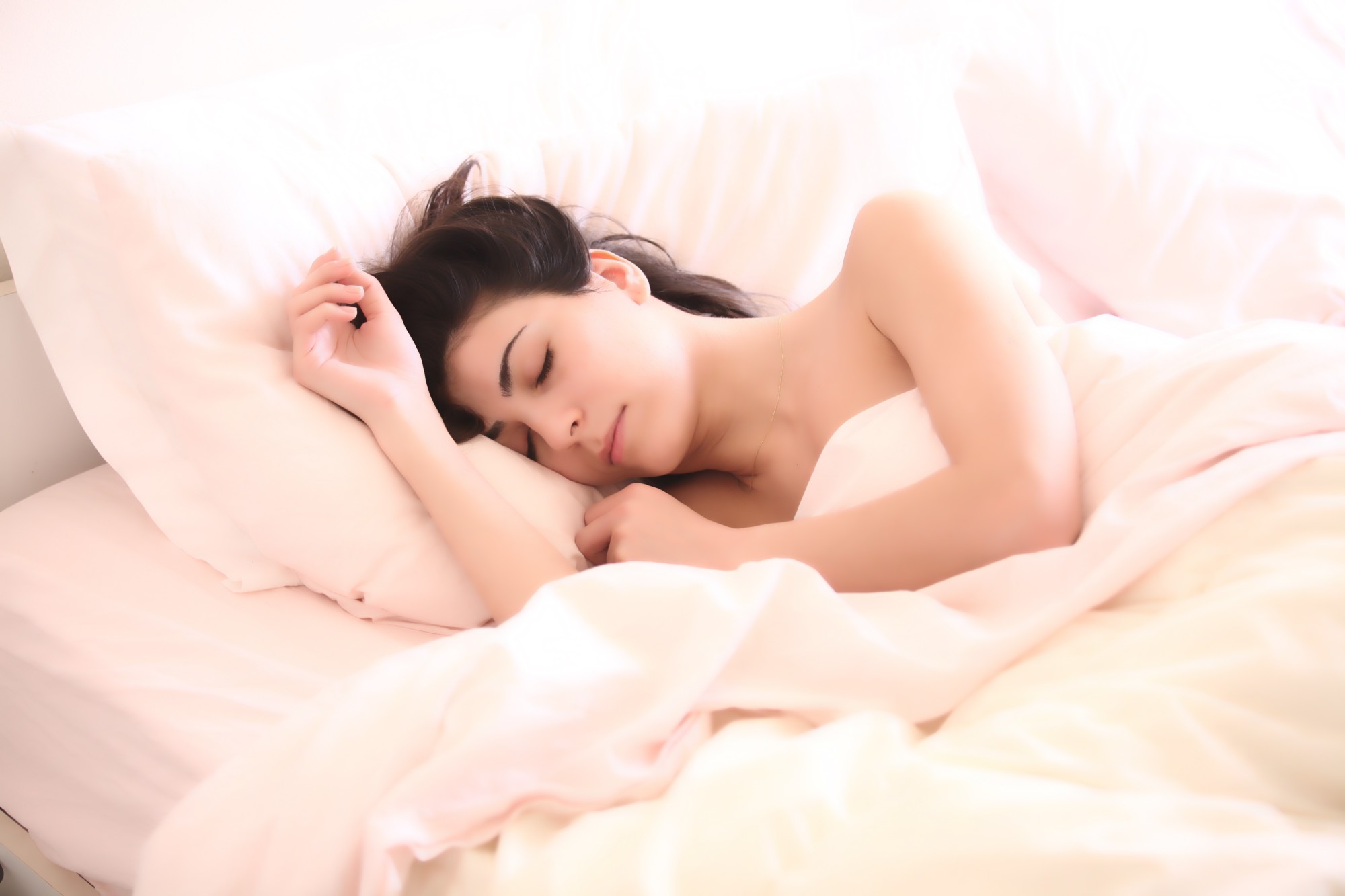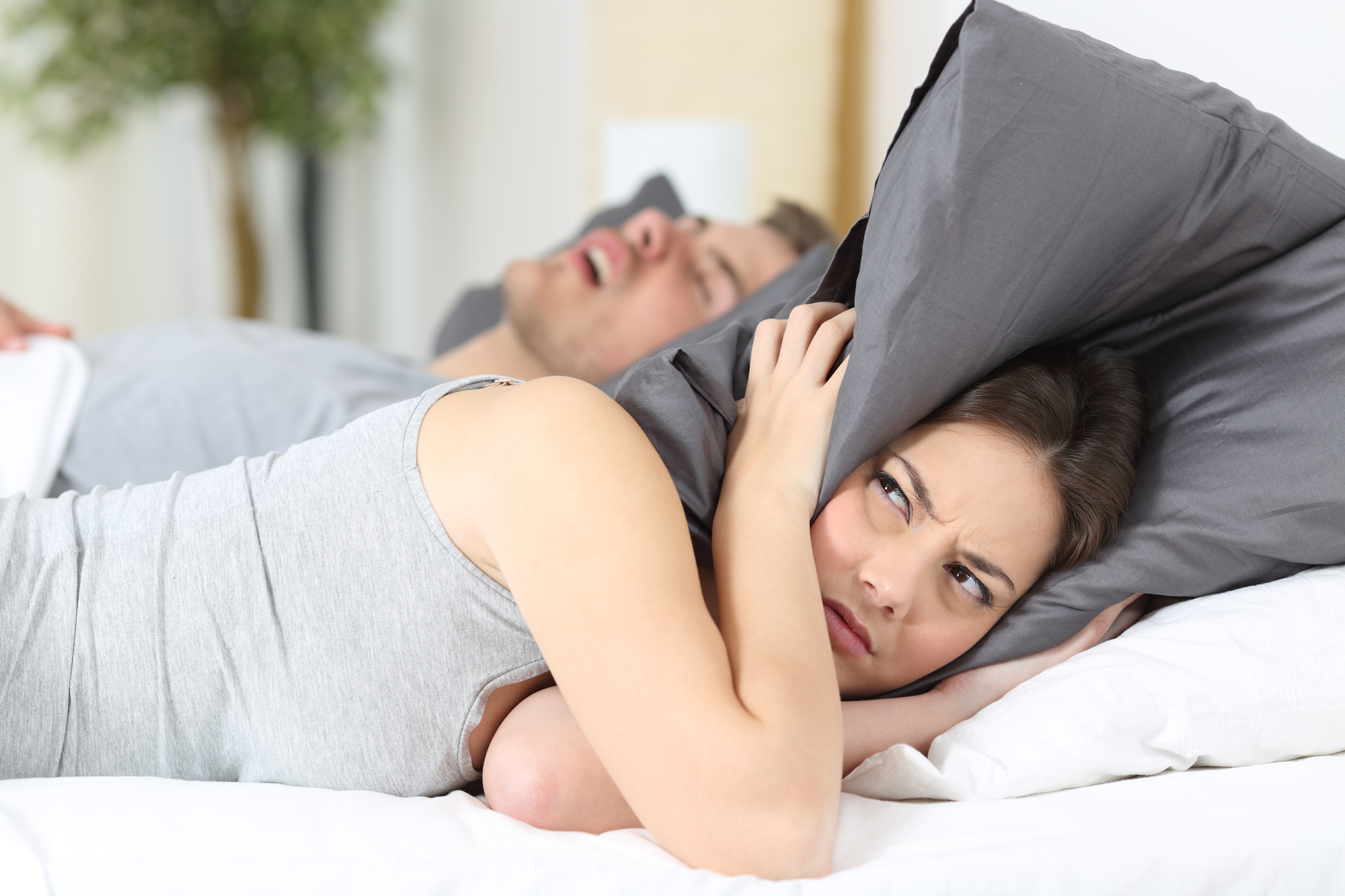How to Get Tired and Fall Asleep Fast: The Best Tips and Tricks

You’re running full-speed all day, but when it comes to shutting the engine down at the end of the day, you find there’s somehow more left in the tank.
We’re talking about when you hit the sack at night and realize you can’t quite fall asleep, no matter how much you did earlier. Adults need about 7 to 9 hours of sleep each night to function optimally, not to mention avoid certain health problems, so it’s not so great when you’re staring at the ceiling for hours.
You’re probably wondering how to get tired, let alone drifting off into dreamland. Check out these tips to help you shut it down at night so you can get some proper rest…
Progressive Muscle Relaxation
This is a technique to lower stress, but it can also help you if you’re having trouble falling asleep at night.
It involves tensing each group of muscles in the body from head to toe, holding it, and then slowly releasing them. Contract the muscles on the inhale, hold the contraction for up to 10 seconds, then let the tension release in an instant on the exhale.
You should expect this exercise to take about 15 minutes or so.
It’s used in the medical world to help patients deal with headaches as well as cancer-associated pain, but it can also help put you into a slumber.
The Military Method
This technique was first developed by the U.S. Navy Pre-Flight School. It was designed to help pilots nod off quickly when needed.
Apparently it needs a bit of practice, but generally, it goes like this: you relax your face (inside and outside muscles), and drop your shoulders with your arms by your side. Then you relax your chest by exhaling and relax your leg muscles.
Then you picture a peaceful scene and within minutes you could fall asleep and be woken with an alarm clock.
Turn Off Your Devices
Many tablets and phones emit blue light, which can make your brain believe it’s still day even though you’re under the covers in the dark.
There have been some solutions put in place to help correct this by changing the screen temperature at night, but using devices as you’re trying to sleep probably isn’t the best way to achieve it.
It’s not just the light. Engaging in social media, for example, can be stimulating to the brain, which will make it harder to shut it down.
Cool Down
The optimal temperature for sleeping is as low as 60F and as high as 67F. When you’re falling asleep, your extremities get warmer while your core temperature drops. However, the heat in the room may actually be keeping you up without you knowing it.
To help cool down even more aside from turning down the thermostat, you can have a warm shower before bed and let the after-cooling effect do its trick.
Turn To Meditation
Meditation and mindfulness have gained popularity as a way for people to relax their bodies and calm their thoughts during the day. The same can be applied at night to aid in your sleep mission.
Learning how to meditate is probably not something you can achieve overnight, but mastering it has science-backed benefits ranging from lower stress levels during the day to getting to sleep more easily.
Try Acupressure
There have been some positive results reported with this method (at least among menopausal women), which basically involves applying pressure will moving in a circular motion.
Some points have been shown to be more effective than others for the purposes of sleep induction. One of the suggested points is the “spirit gate,” which is at the crease of the wrist that lines up with the pinky.
The “three yin intersection” is about four finger-widths above your ankle, while the “bubbling spring” is at the bottom of your foot just above the crease. The “wind pool” is the points at the back of your head where the neck muscles connect with the skull.
Apply Essential Oils
You may have a heard of this as a method of skincare with benefits from clearing up acne to combatting signs of aging. But apparently, it can also assist you with drifting off to sleep.
Some scents, in particular, can act almost like a sedative while reducing stress and anxiety that might have your gripping your pillow. One of the scents is lavender, while others include cedarwood and valerian root.
Challenge Yourself to Stay Awake
When many people are experiencing sleep problems, they try to will themselves to fall asleep. However, it turns out the opposite may work better: tell yourself to stay awake, and your body might call your bluff and shut it down.
This technique is actually called paradoxical intention, and research has shown it can actually work.
Breathing Techniques
Deep breathing can help you relax. But there’s another method that has been shown to be as or more effective when it comes to getting to sleep: the 4-7-8 method.
Throughout the exercise, you press your tongue against the ridge before your front teeth. Empty your lungs, then slowly fill your lungs back up through your nose for about four seconds.
Hold that breath for roughly seven seconds. Then purse your lips and make a “whooshing” noise as you forcefully exhale over about eight seconds. Repeat no more than four times. It’s best done sitting down.
Change Your Mattress
If you’ve tried some of these techniques and they’re just not cutting it, then maybe you need to reconsider your mattress. Depending on your body and sleep position, you may be sleeping on one that’s too firm or soft.
Try out some of the mattresses in the store to see how they feel before making a decision. There are a number of factors that can make one mattress more suitable for you than another, so do your homework first.
Stop Wondering How to Get Tired
By trying some of these methods, you may find that trouble falling asleep was just a bad dream you use to have. The answer to how to get tired may be hidden in a couple of simple adjustments at bedtime.
Did you find this article helpful? If so, be sure to visit our site again for more content on science, nature, and more!



